The Elusive Dream of World Peace
Is World Peace Truly Possible?
The dream of world peace is an ideal that has tantalized humanity for centuries, beckoning as a utopian goal that seems to evade realization. Despite countless treaties, organizations, and peace movements, true and lasting peace has proven elusive. The notion of global peace – total harmony among all nations and peoples – strikes at the very core of human ambition and ethical philosophy.
Yet, as history reveals, peace often emerges in surprising ways, sometimes in the aftermath of great violence, sometimes from unlikely leaders or movements, and at times, even from the subjugated and disenfranchised. The question remains: is world peace a realistic possibility, or merely an aspirational goal? To explore this, one must examine the history, philosophy, ideology and practical concepts that surround the quest for peace.

*Youtube Video Taken From the Promises Project Film ‘Loved by Ghosts‘
All of our content is free to access. An independent magazine nonetheless requires investment, so if you take value from this article or any others, please consider sharing, subscribing to our mailing list or donating if you can. Your support is always gratefully received and will never be forgotten. To buy us a metaphorical coffee or two, please click this link.
Table of Contents
"There is no path to peace. Peace is the path."
Mahatma Gandhi
The Roots of World Peace as a Concept
The roots of world peace as a concept can be traced back to ancient civilizations. Early philosophical and religious texts, such as those from Ancient Greece, India, and China, contain foundational teachings on the ideals of harmony and non-violence. In Ancient Greece, the philosopher Plato envisioned a society governed by philosopher-kings who would be wise, just, and virtuous, thereby preventing conflicts and maintaining harmony.
In India, the principle of “ahimsa” or non-violence, central to Hinduism, Buddhism, and Jainism, suggests that peace is achieved through the absence of harm to other living beings. In China, Confucianism emphasizes social harmony achieved through proper relationships and ethical governance. These early frameworks laid the groundwork for later philosophical systems that would advocate for peace as a fundamental human goal.

The Enlightenment Era
The Enlightenment era, with its emphasis on reason, liberty, and equality, reinvigorated the quest for world peace. Thinkers like Immanuel Kant proposed that peace could be achieved through a federation of free, republican states. Kant’s essay “Perpetual Peace: A Philosophical Sketch” remains one of the most influential works in peace philosophy. He argued that a union of democratic states, adhering to a rule of law, could bring about lasting peace.
This idea became a precursor to modern international organizations such as the League of Nations and the United Nations, both established with the aim of creating a framework for global peace. Kant’s concept of “perpetual peace” was ambitious and idealistic, yet his work profoundly shaped international relations and remains relevant as a philosophical foundation for those who advocate for world peace.

The Most Significant Attempts to Achieve World Peace
The 20th century brought two world wars that devastated millions and reshaped the global landscape. Ironically, it was these catastrophic conflicts that gave rise to some of the most significant attempts to achieve world peace. The League of Nations, founded after World War I, aimed to prevent further conflicts through collective security and diplomatic engagement. Although it ultimately failed to prevent World War II, the League provided important lessons that were carried forward into the United Nations.
Established in 1945, the United Nations sought to be a more effective mechanism for peace, with a clear mandate to prevent conflict and promote human rights. Its founding represented a unique moment in history, as the world emerged from the devastation of global warfare with a collective resolve to prevent such destruction from occurring again. The UN has since played a central role in peacekeeping efforts, although it has not fully succeeded in eradicating war and conflict.
While political and international institutions have made efforts toward peace, social movements have also had profound impacts on fostering peace and challenging violence. One of the most prominent examples is the civil rights movement in the United States, led by figures such as Martin Luther King Jr., who advocated for nonviolent resistance as a means to achieve social justice. Inspired by Mahatma Gandhi’s philosophy of nonviolent resistance, King believed that social change could be achieved without violence.
His “I Have a Dream” speech, delivered in 1963, not only called for racial equality but also resonated with the broader human aspiration for peace and unity. Similarly, the anti-apartheid movement in South Africa, led by Nelson Mandela, demonstrated that sustained nonviolent activism could dismantle oppressive systems and establish peace in deeply divided societies. These movements show that, while world peace may seem an abstract ideal, peace can often emerge from the grassroots, championed by those who resist violence and oppression.

"The more we sweat in peace the less we bleed in war."
Vijaya Lakshmi Pandit
The Debate Around World Peace is Complex
Philosophically, the debate around world peace is complex. Some argue that humans are inherently predisposed to conflict due to biological and psychological factors. This view, often associated with realist theories in political science, suggests that self-interest and competition for resources make conflict inevitable. Realists argue that while diplomacy and cooperation can prevent conflicts in the short term, underlying power struggles will always produce tensions.
Conversely, idealists and liberals contend that humans are capable of cooperation and that institutions, moral education, and legal frameworks can mitigate conflict. This debate remains unresolved, as both history and modern international relations reveal a mix of cooperative and competitive behaviour. However, recent developments in psychology, such as studies on empathy and altruism, suggest that humans are capable of transcending their baser instincts, offering hope that peaceful societies are indeed possible.
The Idea of “Negative Peace” versus “Positive Peace”
A unique concept that has shaped the pursuit of peace is the idea of “negative peace” versus “positive peace,” a distinction popularized by sociologist Johan Galtung. Negative peace refers to the absence of war or direct violence, while positive peace involves the presence of justice, equality, and harmonious relationships. According to Galtung, achieving only negative peace is insufficient; true peace must address structural violence – inequalities and injustices embedded in social, political, and economic systems.
For instance, while the Cold War saw negative peace between the U.S. and the Soviet Union after 1945, the absence of direct conflict did not imply a harmonious relationship. Positive peace remains a more challenging, yet more holistic, vision of world peace. It suggests that to achieve lasting peace, societies must address underlying grievances and ensure fair distribution of resources, equal opportunities, and respect for human rights.
Peace Emerging from Unlikely Circumstances
Examples of peace emerging from unlikely circumstances abound in history. Following the horrors of World War II, Europe embarked on a remarkable journey towards integration and cooperation. Once bitter enemies, France and Germany became leaders of the European Union, a political and economic union that has preserved peace in Europe for decades.
The Nobel Peace Prize awarded to the European Union in 2012 was a recognition of this achievement. Another example can be seen in the Camp David Accords of 1978, when Egyptian President Anwar Sadat and Israeli Prime Minister Menachem Begin, leaders of historically hostile nations, signed a peace agreement brokered by U.S. President Jimmy Carter. This accord, while imperfect, showed that peace could emerge from unlikely alliances and courageous leadership.
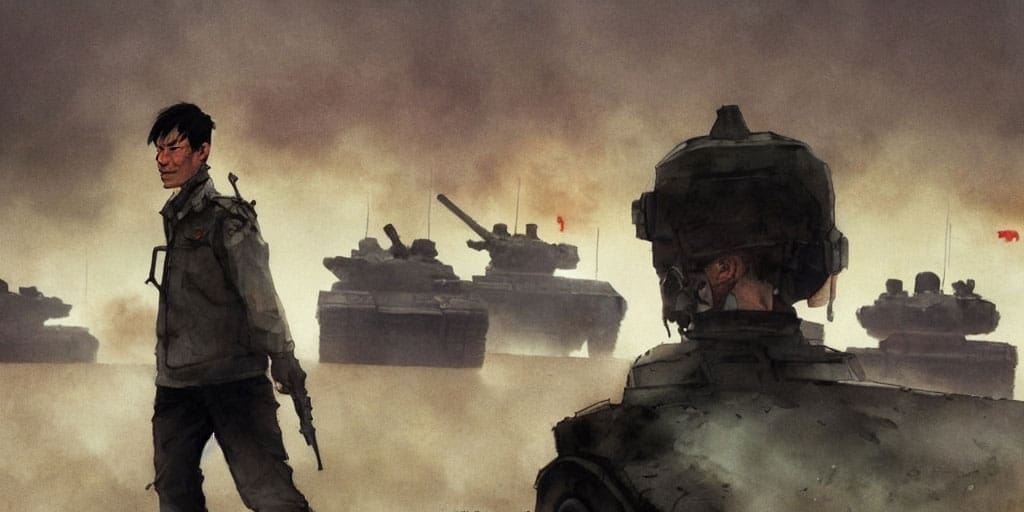
Reasons for Optimism
While peace may seem elusive, recent advancements in diplomacy and international cooperation provide reasons for optimism. Organizations like the UN, African Union, and ASEAN have established conflict resolution mechanisms, and the world has seen a marked decline in interstate wars. However, the 21st century presents new challenges to peace, including terrorism, climate change, and cyber warfare. These issues are global in nature and require unprecedented levels of cooperation and trust between nations.
Climate change, for example, is a “threat multiplier” that exacerbates conflicts over resources and displaces millions. In response, there is a growing movement to address environmental issues as part of the peace agenda, recognizing that ecological sustainability is essential to long-term peace. The Paris Agreement, though focused on climate change, is also a testament to the power of international cooperation in addressing global threats.

"Peace cannot be kept by force; it can only be achieved by understanding."
Albert Einstein
Peace Requires More than the Absence of War
The elusive dream of world peace is ultimately both a philosophical and practical challenge. On one hand, it confronts the very nature of humanity, questioning whether peace is compatible with human desires, fears, and ambitions. On the other hand, it presents a practical task for societies, governments, and individuals: to create institutions, norms, and values that promote peace over conflict.
Peace requires more than the absence of war; it demands justice, empathy, and a commitment to the well-being of all people. While world peace may seem distant, history reveals that progress is possible and often arises from the most unexpected places. Just as peace can be elusive, it can also be resilient, sustained by the efforts of individuals and communities who refuse to surrender to despair.
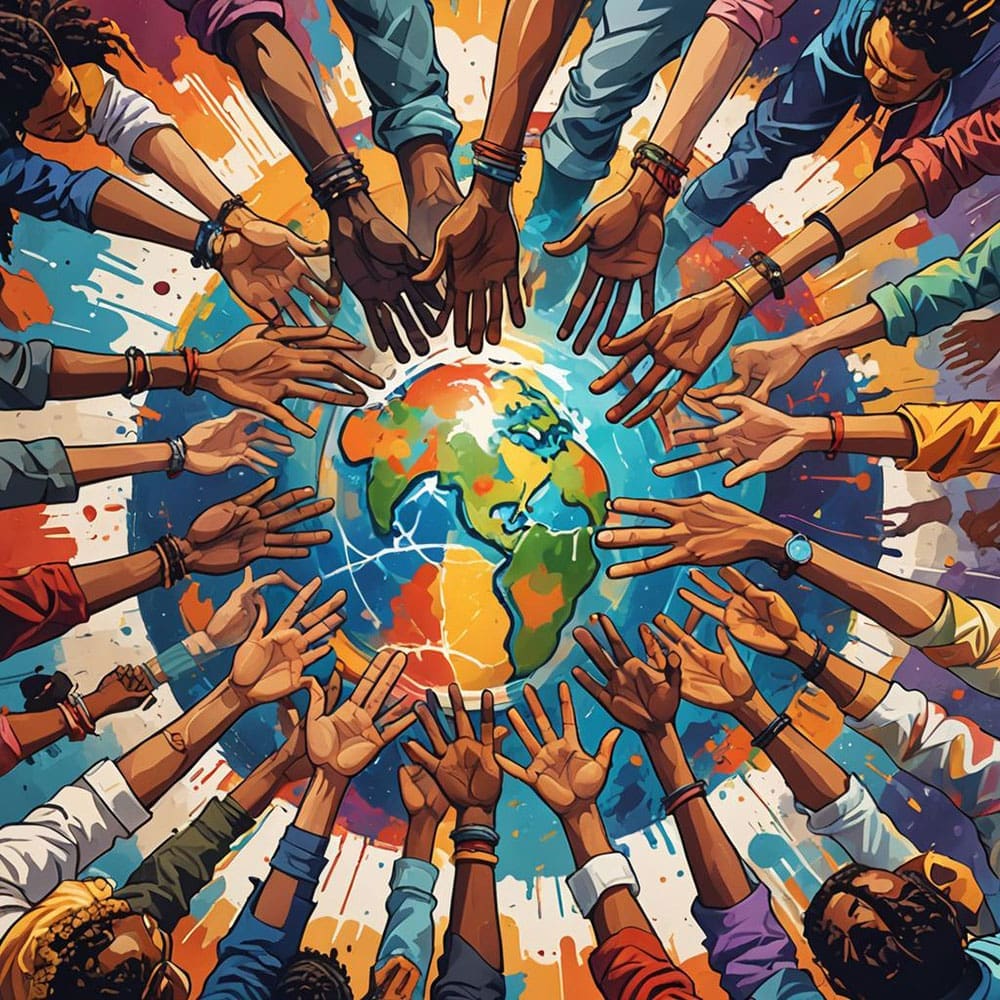
Democracy’s Evolution
The pursuit of World Peace is a journey marked by contradictions and challenges. It is a dream that remains tantalizingly out of reach yet is continuously pursued through philosophy, ideology, social movements, and international diplomacy. From the teachings of ancient philosophers to the peace movements of the modern era, humanity’s longing for peace endures.
Whether world peace is ultimately possible may be uncertain, but the quest for it continues to inspire, uniting individuals and societies across boundaries. This journey is perhaps the truest testament to the resilience of the human spirit, as people throughout history and around the world continue to seek peace, often against overwhelming odds, reminding us that the dream, elusive as it may be, is a worthy one.


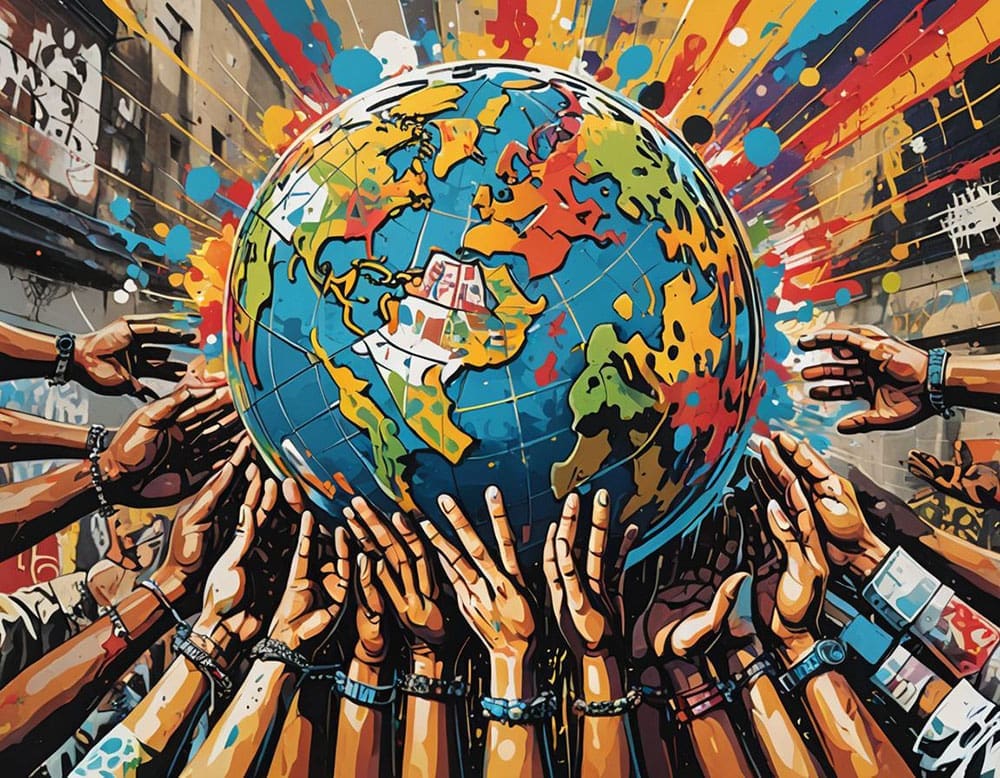
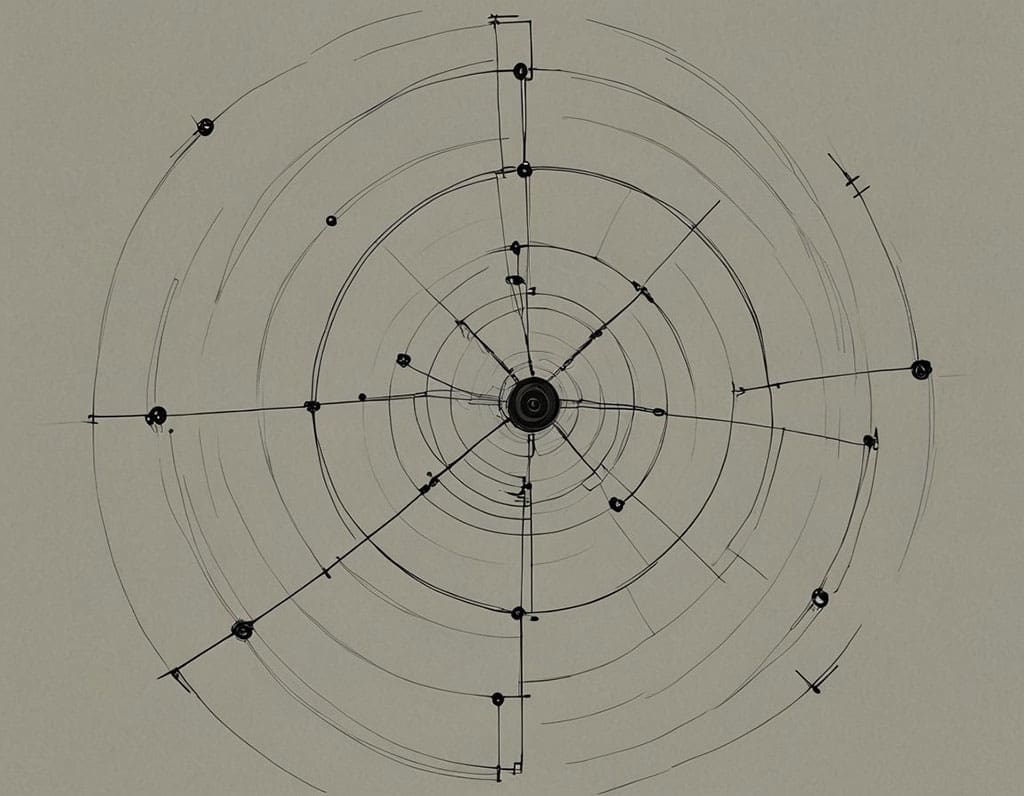



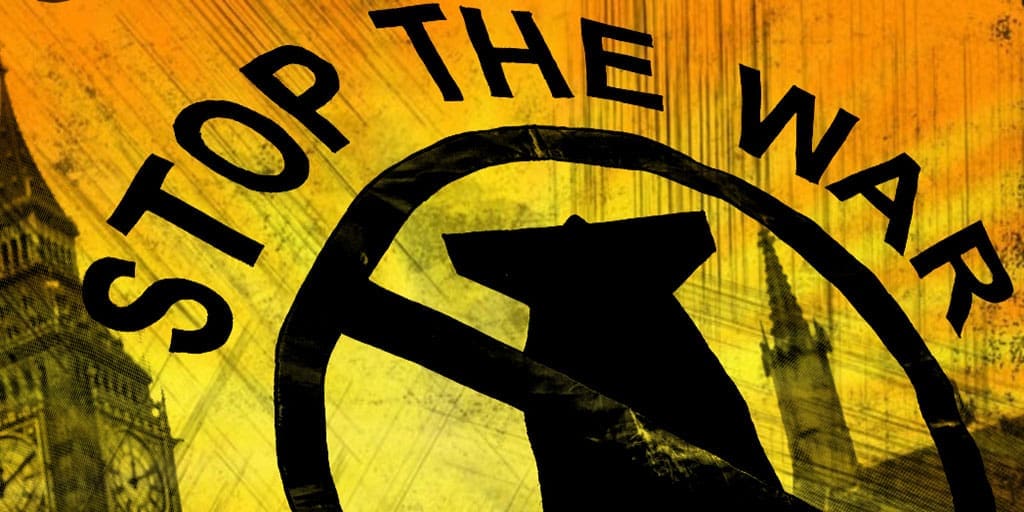

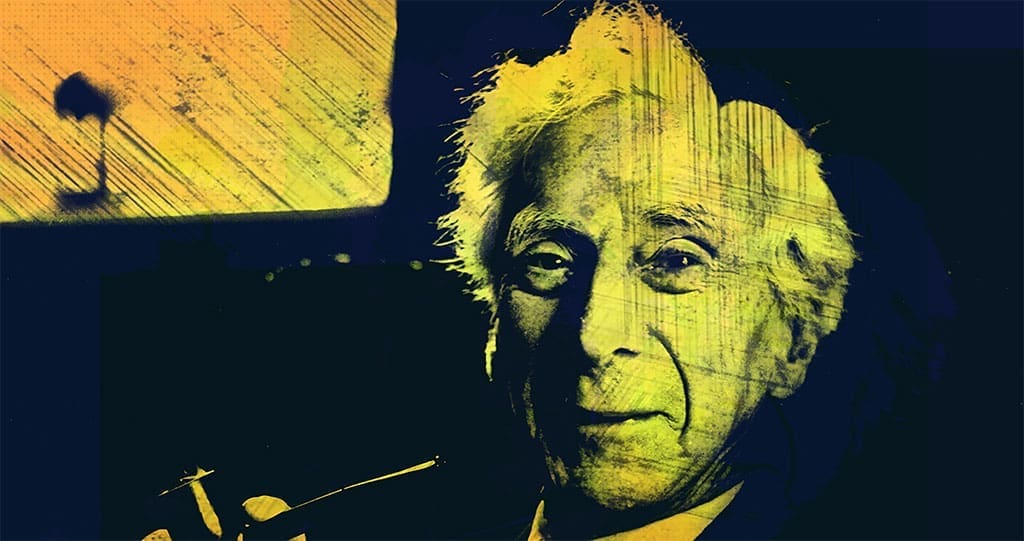





















Leave a Comment